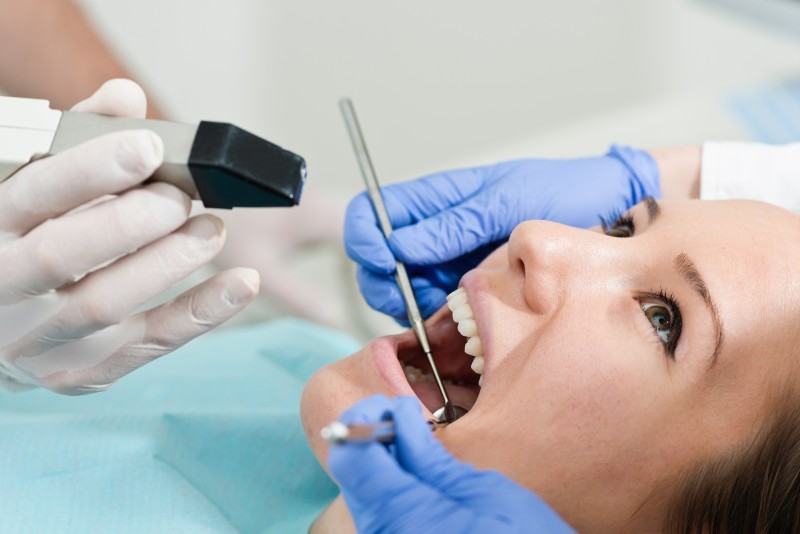According to the Dental Organisation of Conscious Sedation (DOCS), thirty percent of the people do not visit their dentist out of fear. This fear arises out of a previous bad experience or from someone’s description of their experience or simply from an anticipation of pain. domain analysis . This results in bad oral health among the people which could lead to serious problems.
And the answer to the problem is Sedation Dentistry.
Sedation dentistry is a viable option for a pain-free procedure but, unlike the name, doesn’t imply that the patient has to be put to sleep, or to be precise, made unconscious. It basically depends on the level of sedation administered to patient which can of four levels
- Anxiolysis: also known as minimal or mild sedation, Anxiolysis is the procedure of administering nitrous oxide through the nose. Nitrous oxide relaxes the patient and calms down the patient. Apart from a slight tingling sensation, the patient does not feel any of the procedures carried out by the dentist.
- Moderate sedation: a higher state of relaxation, the moderate level of sedation allows the patient to respond to sound as well as physical touch. The patient continues to remain in a conscious state.
- Intravenous sedation – Intravenous (IV) sedation is the procedure of administering the sedative via a needle directly into the veins and into the blood flow of the patient. The IV takes effect very fast and generally has a side effect of temporary amnesia. The patient also gets a feeling that the procedure hardly lasted for five to ten minutes.
- Deep sedation – also known as general anaesthesia, it puts the patient off to deep slumber. Here the patient is actually in an unconscious state and has no feeling in any part of the body. He does not reply to both sound as well physical touch.




